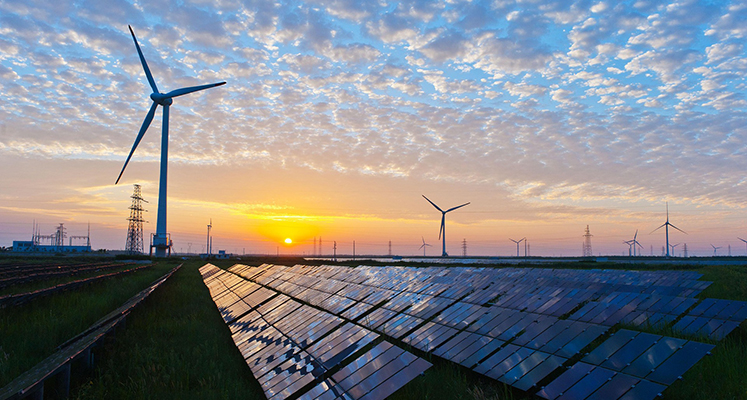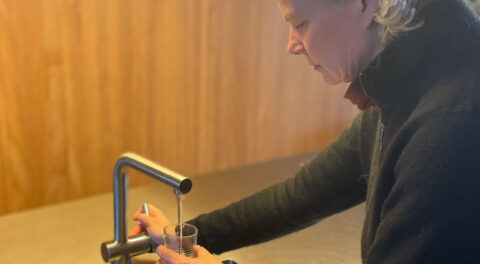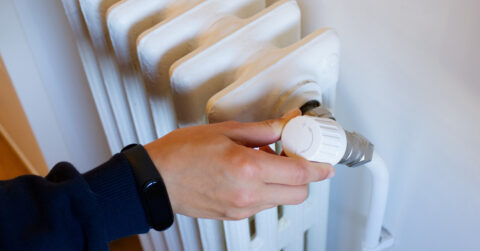In 2023, the share of renewable energy was 17 percent of total energy consumption in the Netherlands. A year earlier, it was 15 percent. This increase is mainly due to increased consumption of wind and solar energy. Energy consumption from biomass decreased slightly. This is according to preliminary figures from the CBS.
Renewable energy consumption stood at 308 petajoules (PJ) in 2023, 11 percent higher than a year earlier, and total final energy consumption fell to over 1,800 PJ, 2 percent lower than in 2022.
The 2013 national Energy Agreement set a target of 16 percent renewable energy by 2023. So that has been met. By the end of 2023, new targets for 2030 have been agreed at the EU level. On average, at least 42.5 percent of European energy consumption must then be renewable. What that means for the Dutch target is not yet known.
Wind power consumption increased by a quarter
Wind energy consumption increased 25 percent to 96 PJ in 2023 from a year earlier. Of this, 39 PJ was produced by offshore wind turbines and 57 PJ by onshore wind turbines.
The increase in wind power consumption is mainly due to the addition of many new turbines. At sea, production capacity increased 55 percent to nearly 4 gigawatts (GW) by 2023. On land, capacity increased by 10 percent to nearly 7 GW. The largest increases were in Flevoland, North Brabant and Zeeland.
Strong growth in solar energy
Consumption from solar energy (electricity and heat) grew 17 percent to 73 PJ in 2023 from the previous year. The main cause is the installation of new solar panels. The total installed capacity of solar panels increased 24 percent to more than 24 GW compared to a year earlier. In addition, 2023 was an above-average sunny year, but less sunny than 2022.
Biomass consumption decreases
The largest amount of renewable energy comes from biomass (106 PJ), such as wood, manure or food waste. Electricity, heat or fuel for transportation can be made from biomass. In 2023, renewable energy consumption from biomass was more than 3 percent lower than a year earlier. This was mainly caused by a 31 percent decrease in the co-firing of biomass at power plants.
The amount of renewable energy from biomass boilers for electricity production at businesses was 61 percent higher than in 2022. The reason for this increase is that more of the biomass used has been shown to meet the applicable European sustainability criteria. This is a prerequisite for energy production to count toward the share of renewable energy according to the European calculation method.
Quarter more heat energy from heat pumps
Heat pumps extract heat from outdoor air or soil. The amount of heat extracted increased 26 percent to nearly 26 PJ in 2023 compared to a year earlier. This is because more heat pumps were installed.
By the end of 2023, the total heating capacity of all heat pumps in the Netherlands was nearly 16 GW, 22 percent more than a year earlier.
Share of renewable energy in the Netherlands below EU average
At the EU level, the share of renewable energy was 23 percent by 2022. The share of renewable energy in the Netherlands (15 percent) was thus lower than the European average. Only Luxembourg, Belgium, Malta and Ireland had an even lower share of renewable energy. However, the share of renewable energy in the Netherlands has grown more strongly in the past five years than in most other EU countries.
Sweden led the EU with 66 percent renewable energy, followed by Finland (48 percent) and Latvia (43 percent).













